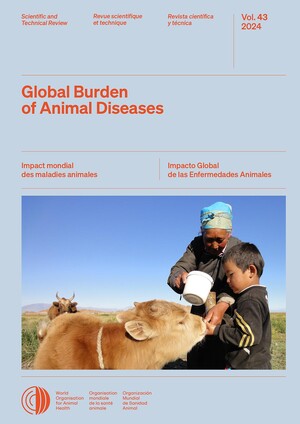
Yield gaps in oil palm: A quantitative review of contributing factors
Abstract
Oil palm, currently the world’s main vegetable oil crop, is characterised by a large productivity and a long life span (≥25 years). Peak oil yields of 12 t ha−1 yr−1 have been achieved in small plantations, and maximum theoretical yields as calculated with simulation models are 18.5 t oil ha−1 yr−1, yet average productivity worldwide has stagnated around 3 t oil ha−1 yr−1. Considering the threat of expansion into valuable rainforests, it is important that the factors underlying these existing yield gaps are understood and, where feasible, addressed. In this review, we present an overview of the available data on yield-determining, yield-limiting, and yield-reducing factors in oil palm; the effects of these factors on yield, as measured in case studies or calculated using computer models; and the underlying plant-physiological mechanisms. We distinguish four production levels: the potential, water-limited, nutrient-limited, and the actual yield. The potential yield over a plantation lifetime is determined by incoming photosynthetically active radiation (PAR), temperature, atmospheric CO2 concentration and planting material, assuming optimum plantation establishment, planting density (120–150 palms per hectares), canopy management (30–60 leaves depending on palm age), pollination, and harvesting. Water-limited yields in environments with water deficits >400 mm year−1can be less than one-third of the potential yield, depending on additional factors such as temperature, wind speed, soil texture, and soil depth. Nutrient-limited yields of less than 50% of the potential yield have been recorded when nitrogen or potassium were not applied. Actual yields are influenced by yield-reducing factors such as unsuitable ground vegetation, pests, and diseases, and may be close to zero in case of severe infestations. Smallholders face particular constraints such as the use of counterfeit seed and insufficient fertiliser application. Closing yield gaps in existing plantations could increase global production by 15–20 Mt oil yr−1, which would limit the drive for further area expansion at a global scale. To increase yields in existing and future plantations in a sustainable way, all production factors mentioned need to be understood and addressed.
Citation
Woittiez, L.S., Wijk, M.T. van, Slingerland, M., Noordwijk, M. van and Giller, K.E. 2017. Yield gaps in oil palm: A quantitative review of contributing factors. European Journal of Agronomy 83:57–77.










